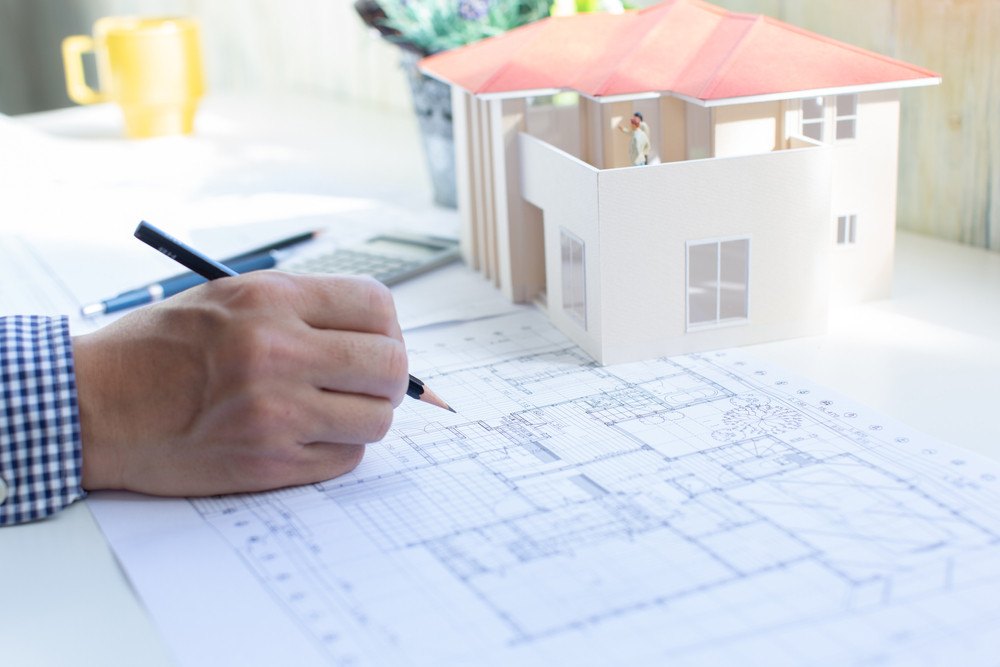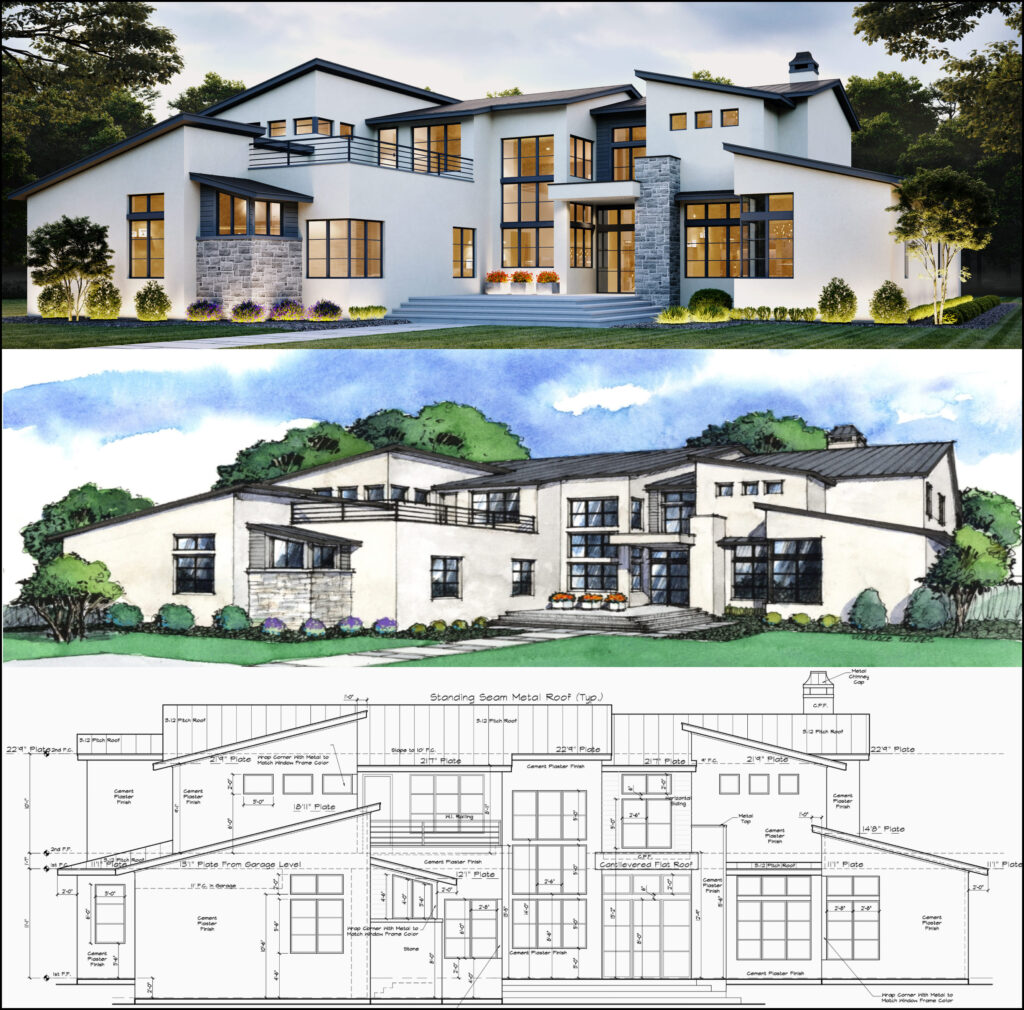Comprehending the Collaborative Process In Between Engineers and Engineers in Modern Building Projects
The joint procedure between designers and designers is necessary in modern-day building projects, as it integrates design intent with engineering expediency. This collaboration not just affects the aesthetic and useful facets of a task but likewise plays a crucial duty in addressing sustainability challenges. By employing effective communication strategies and leveraging sophisticated technologies, such as Building Details Modeling (BIM), groups can function extra cohesively. The intricacies of this cooperation typically present special difficulties that can prevent progression. Exploring these characteristics exposes insights that could dramatically affect task outcomes and overall sector requirements.
The Significance of Cooperation
The collaborative synergy in between designers and designers is crucial for the successful awareness of any building job. This collaboration brings with each other distinct experience and viewpoints, enabling the combination of ingenious style with useful design options. By interacting, designers and engineers can guarantee that a task not just meets visual and useful needs however additionally sticks to safety and security, sustainability, and monetary restraints.
Cooperation fosters a shared vision, assisting in the placement of goals and assumptions from the outset. This placement is crucial in addressing prospective obstacles and mitigating dangers that can emerge during the job lifecycle. Furthermore, a collective method enables the efficient appropriation of sources, optimizing both time and price.
The value of cooperation prolongs to the iterative process of layout and building and construction, where comments from designers can notify building decisions, leading to even more practical and lasting layouts. Alternatively, architects can influence designers to think creatively regarding how to accomplish structural stability without compromising artistic intent. Inevitably, the joint relationship in between engineers and designers is not simply valuable; it is essential to the creation of premium, functional, and innovative built settings that satisfy the needs of culture.
Interaction Techniques and Tools
Efficient communication strategies and devices are important for fostering collaboration between architects and engineers throughout the project lifecycle. Establishing clear networks of communication is vital to make sure that all staff member are straightened with task objectives, timelines, and obligations. Routine meetings, both in-person and online, offer possibilities for stakeholders to discuss development, address issues, and make educated decisions.
Utilizing project administration software, such as BIM (Structure Details Modeling) platforms, boosts partnership by allowing real-time sharing of design alterations and technical specs. These devices assist in transparency, permitting engineers and engineers to imagine changes and analyze their influence on the overall job.

Shared Objectives and Project Vision

Developing common objectives entails open discussion and a detailed understanding of each technique's contributions. Engineers normally focus on style intent, spatial relationships, and customer experience, while engineers stress structural stability, systems performance, and compliance with policies (cda architects). When these perspectives are lined up, the outcome is a cohesive project that follows both imaginative desires and technological expediency
In addition, a distinct project vision fosters liability among team members, urging each individual to take ownership of their Related Site duty in attaining the preferred end result. Routine check-ins and joint workshops can even more reinforce this commitment, enabling for changes to be made as the project develops. Inevitably, a shared vision not only improves synergy however additionally raises the quality of the final deliverable, leading to successful project conclusion.
The Function of Modern Technology
Leveraging modern technology has actually become important in improving partnership in between designers and designers. The combination of advanced software application tools assists in real-time communication and info sharing, allowing groups to work more effectively and efficiently. Structure Details Modeling (BIM) sticks out as a crucial modern technology, enabling both architects and designers to create detailed 3D designs that encapsulate design intent and architectural honesty. This common aesthetic depiction minimizes misconceptions and streamlines the decision-making process.
Furthermore, cloud-based platforms make it possible for seamless cooperation, permitting project stakeholders to access and update job data from anywhere. This cultivates a society of openness and responsibility, as changes can be tracked and reviewed in real-time. In addition, mobile applications more improve communication, offering on-site groups with prompt accessibility to task specs and updates.
Emerging technologies such as fabricated intelligence and artificial intelligence are likewise beginning to contribute in predictive evaluation, assisting teams recognize prospective concerns prior to they occur. Ultimately, the role of modern technology in architecture-engineering collaboration not only boosts operations performances yet additionally boosts development, leading to even more effective task results. By welcoming these technical innovations, designers and engineers can guarantee a much more natural and productive collaborative procedure throughout the construction lifecycle.
Study in Effective Partnerships
Countless study show helpful hints the profound impact of effective collaborations in between designers and designers on task end results. One significant example is the partnership on the High Line in New York City City, where landscape designers, engineers, and city organizers collaborated to change a deserted rail line into a vivid public park. This multidisciplinary approach not just improved the visual top quality yet also made certain architectural safety and environmental sustainability.
Another excellent situation is the design and building and construction of the Sydney Concert Hall. The collaboration between engineer JÃ ¸ rn Utzon and architectural engineer Ove Arup exemplified cutting-edge analytical. Their cooperation permitted the this contact form famous shell-like design while addressing complex engineering difficulties, inevitably leading to a classic architectural work of art.
The Burj Khalifa in Dubai better shows the importance of collaborative initiatives. cda architects. The combination of architecture and design experience allowed the task group to accomplish unprecedented elevations while sticking to safety and security guidelines and visual vision
These instances underscore the value of communication, depend on, and shared purposes. In today's complicated construction setting, such partnerships are vital to browsing challenges and providing tasks that fulfill both functional and visionary objectives.
Verdict
In final thought, the collaboration in between designers and engineers is vital for the success of contemporary building and construction jobs. Efficient communication strategies, a common job vision, and the assimilation of innovative technologies are critical elements that facilitate this partnership.